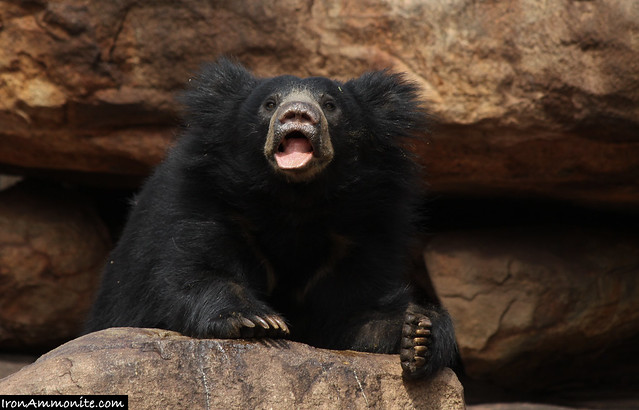Bizarre relationships – New science
Ten million species live on Planet Earth
Each one is incredible
Yet none can live by itself
BBC Two, 8pm Sunday 17 June 2012
This is the series that I made last year with producers Adam White and Gavin Maxwell. Presented by Chris Packham it was originally called 'How Life Works', but it has now been bestowed with the grander title of
'Secrets of Our Living Planet'.
Across four episodes, Chris reveals the hidden wonder of the creatures that we share the planet with. The intricate, clever and bizarre connections between the species, without which, life just could not survive. For years the BBC has brought you amazing spectacle and intimate animal behaviour but now we're tying it all together. At its heart this is a series about ecology, and (forgive the Sci-fi reference) the 'force' that unites all life on earth.
"Understanding nature is not about knowing why birds sing, why bees buzz or why fish swirl in silvery shoals . Its about being able to see the bigger picture, being able to see how all life is connected and by unravelling the stories that link species its also about developing a deeper more profound appreciation of life." - Chris Packham
This series reveals unexpected relationships, like why the giant otter needs a snail, why the tiger needs a crab or why a gecko needs a giraffe. Each week Chris visits one of our planet's most vital and spectacular habitats and dissects it, to reveal the secrets of how our living planet works.
Filmed for the first time a two week old wild baby lynx in its den. In episode 3, 'Seasonal Forests', Chris Packham visits the forests of Maine to understand why this baby lynx needs a caterpillar. (Paul Williams/BBC)
In episode 3 'Seasonal Forests', Chris visits British Columbia to explore how grizzly bears help a fish to save a forest. (Paul Williams/BBC)
In episode 4 'Waterworlds' Chris visits the Pantanal of Brazil to understand why the Giant Otter needs the snail. (Paul Williams/BBC)
In episode 2, 'Secret of the Savanna' Chris gets up close to a giant anteater to uncover the importance of having a regular source of nitrogen. (Adam White/BBC)
"I think that some people may have their belief stretched by some of our stories. They are so, so remarkable that they may initially feel we have exaggerated them , even made them up. But they are all true and all remarkably beautiful."- Chris Packham
Episode 1: The Emerald Band
In the first episode, The Emerald Band, Chris weaves a spellbinding account of how the very special conditions that exist in the rainforest have allowed vast colourful communities of animals and plants to evolve. And he reveals one particularly extraordinary web of life centred on a tree, the Brazil nut tree. It is one of the mightiest trees in the Amazon but it can only survive thanks to a little rodent called an agouti, an orchid and a very unusual bee.
"'Really , No ! . . . Wow !' is how I'd like people to react to How Nature Works . Not only to each of the remarkable stories which wind through our series but to the revelations which together they unfold."
Chris Packham with a
three-toed sloth, Panama (Adam White/BBC)
Chris Packham with hummingbird. Panama (Adam White/BBC)














.png)



























































































